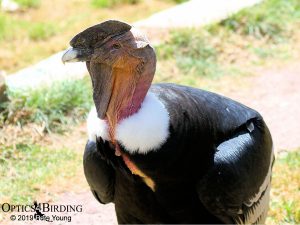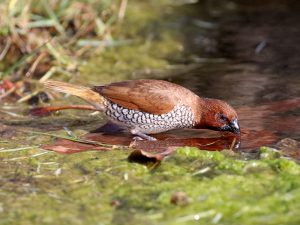While every corner of the globe brings its own plethora of bird species to the table, few countries attract such attention as Peru. Second only to Columbia in the sheer number of species, Peru’s vast array of climates house species from all areas of the birding spectrum. Perhaps the most intriguing species in the nation is the Andean Condor.
Heavier than all other flying birds and second only in wingspan to the Wandering Albatross, this giant scavenger has always struck awe in the entire birding community. I am certainly no exception, and I finally got to see some myself in August of 2018. Continue reading



